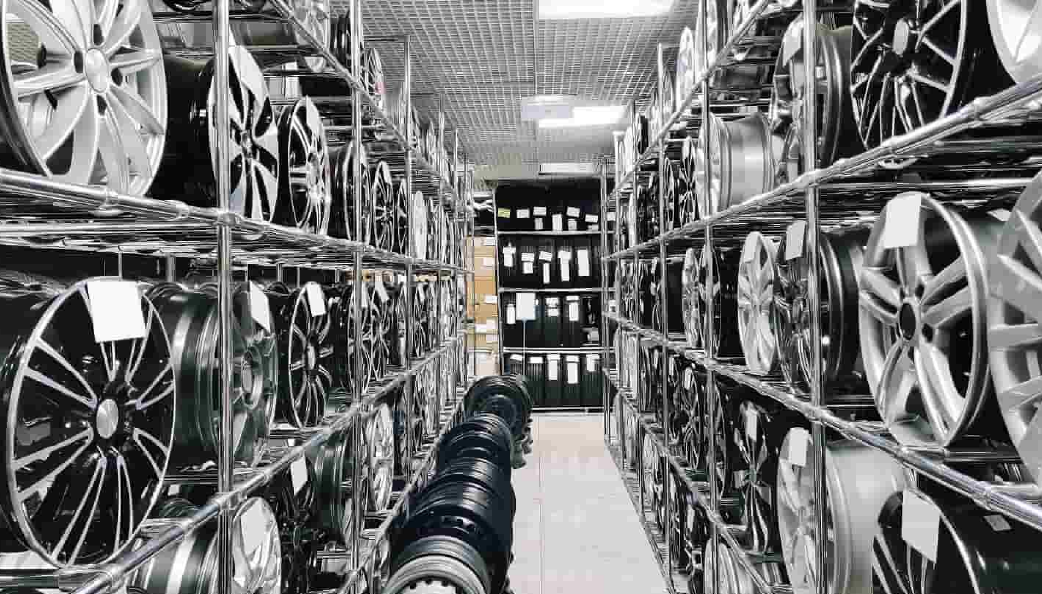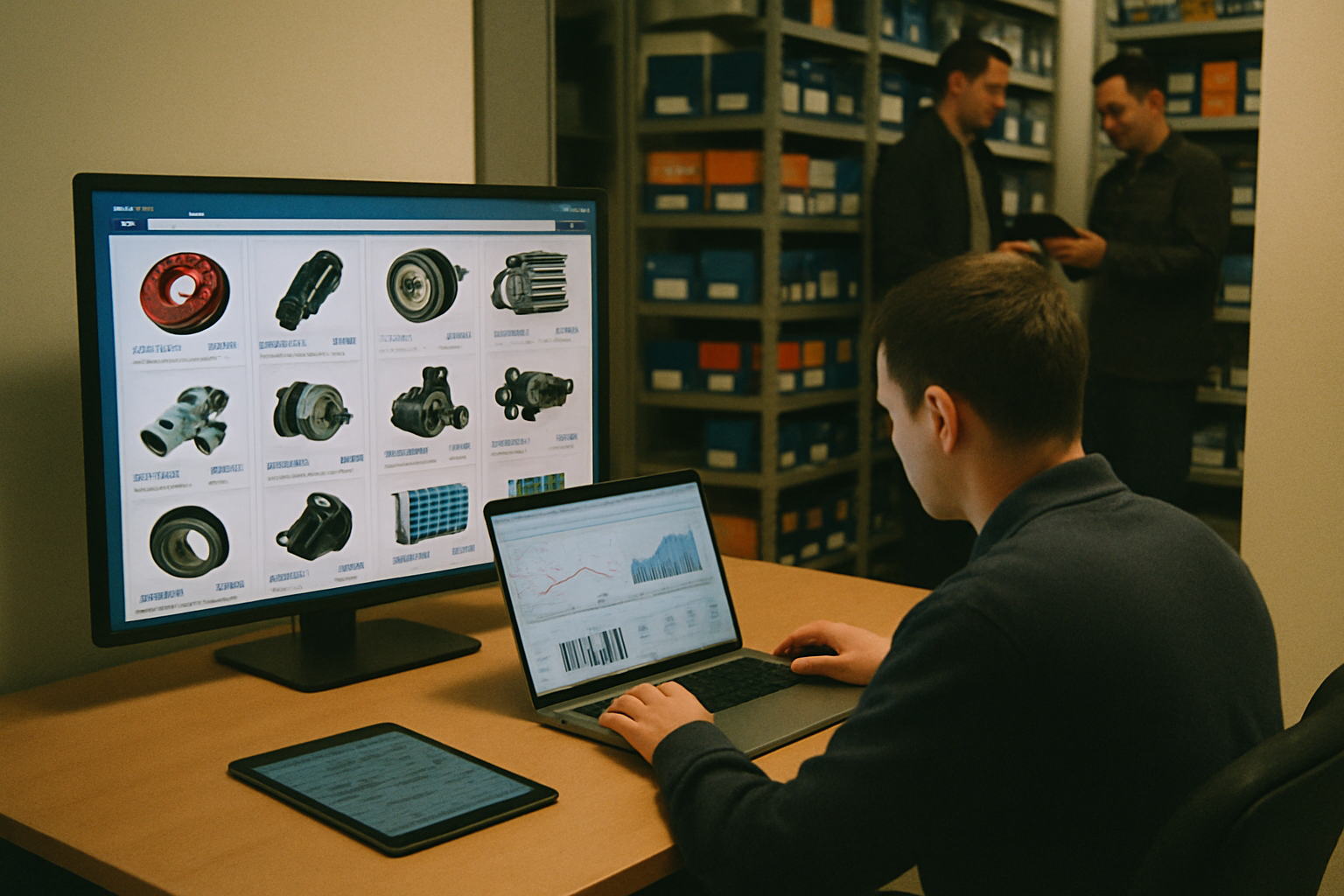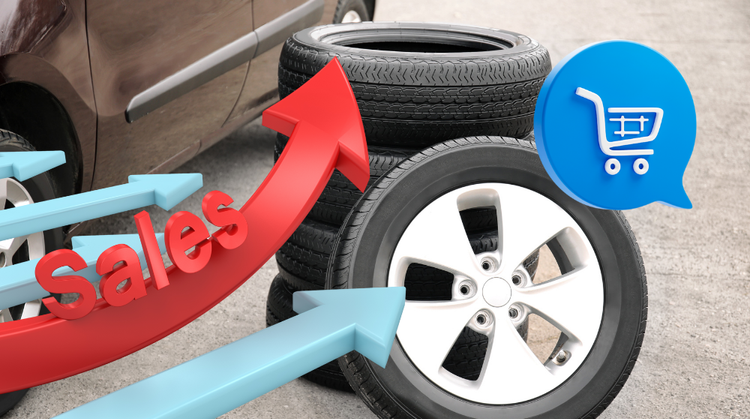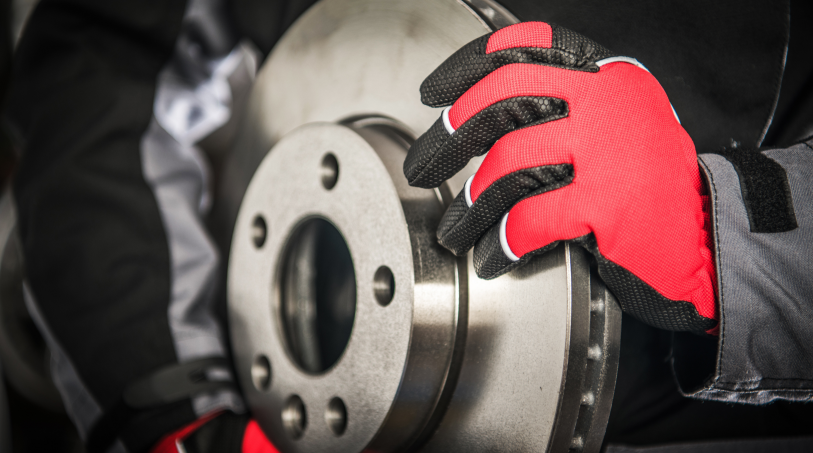Brazil’s auto parts sector is undergoing a quiet revolution, driven by factors such as an aging vehicle fleet, increasing vehicle complexity, and the digitalization of sales channels. These changes represent a strategic opportunity for manufacturers, distributors, and retailers looking to stand out in an expanding market.
A growing auto parts market
According to McKinsey, Brazil’s auto parts market, currently valued at around USD 13 billion, has the potential to reach USD 25 billion by 2040. This growth is driven by two main factors: the aging vehicle fleet and the increasing complexity of automobiles, which are incorporating more technologies such as sensors and advanced electronic systems.
Additionally, the automotive aftermarket represents 2% of Brazil's GDP and continues to show resilience and steady growth. In 2024, the auto parts industry reached BRL 256.7 billion in revenue, with a projected 5% increase in 2025, reaching BRL 269.5 billion.
Digitalization as a growth driver
Digitalization plays a central role in the sector’s transformation. Brazilian e-commerce is steadily growing, with projected revenues of BRL 224.7 billion in 2025 — a 10% increase over 2024. This is fueled by digital transformation and changing consumer habits.
In the auto parts segment, e-commerce is also gaining ground. According to Meticulous Market Research, the global automotive e-commerce market is expected to reach USD 267.8 billion by 2032, with a compound annual growth rate (CAGR) of 16.5% between 2025 and 2032.
Companies investing in digital platforms, inventory integration, and price automation are reaping the rewards. Digitalization enables real-time updates of pricing and stock, reducing errors and avoiding out-of-stock issues. It also facilitates the search for compatible parts, enhances customer experience, and expands market reach.
Challenges and opportunities
Despite the opportunities, the sector still faces challenges. The lack of specialized tools — such as effective search and filtering systems to prevent order errors — can limit growth amid rising digital demand.
However, companies that invest in technology and innovation are standing out. Solutions like Alephee, which offers industry-specific management systems, allow online sales integration with inventory control, automated pricing, and optimized logistics.
The future of automotive aftermarket
The digital transformation of the auto parts sector is no longer a trend — it’s a necessity to meet new consumer demands and stay competitive. Companies that embrace innovation, invest in technology, and focus on customer experience are better positioned to seize growth opportunities and stand out in an ever-evolving market.












